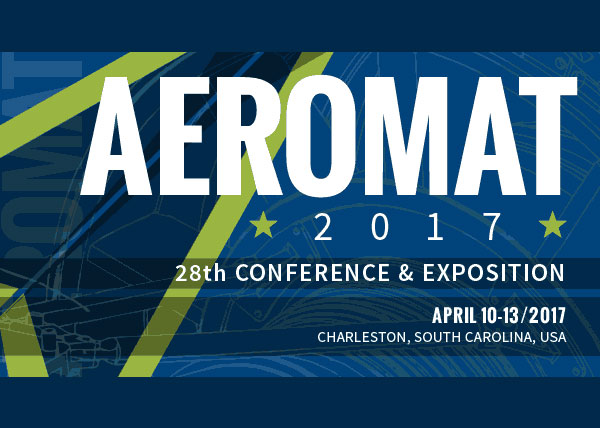
Unprotected Al-Li alloy
After 48 hrs salt spray

NanoX Al-Mn coating
After 168 hrs salt spray

NanoX Al-Zr coating
After 168 hrs salt spray
Attend her talk: Newly Developed Nanocrystalline Al Alloy Coatings for the Performance Enhancement of Mg or Al-Li Alloys
When: Monday April 10th
Where: The Advances in Coatings and Surface Modification session at Aeromat 2017.
More information: http://www.asminternational.org/web/aeromat-2017/home
About Xtalic
Founded in 2005, Xtalic develops and commercializes the revolutionary ability to engineer stable metal alloys at the nano scale. We model the behavior of these alloys in multilayer coatings and rapidly optimize these multilayer coatings for key attributes that include corrosion, durability and strength. Our founders have deep roots in material science technology. Professor Chris Schuh, Chief Scientist at Xtalic, serves as Head of the Materials Science Department at MIT; and Dr. Alan Lund, CTO at Xtalic, founded our company while at MIT.
Our alloys, which include XTRONIC® and LUNA®, have been broadly adopted in mobile and enterprise electronics applications; and have been approved and deployed by more than thirty leading electronics firms. Our proprietary corrosion resistant multilayer coatings, which include IC Plus™ and IC Max™, are under test with over half of the top mobile device manufacturers worldwide. We continue to pursue partnerships to create new alloys that can make products reach the next level of performance, extend the lifetime of materials, and reduce costs.
Xtalic has headquarters located in Marlborough, Massachusetts with technical and sales support located in China.[/fusion_text][/fusion_builder_column][/fusion_builder_row][/fusion_builder_container]

